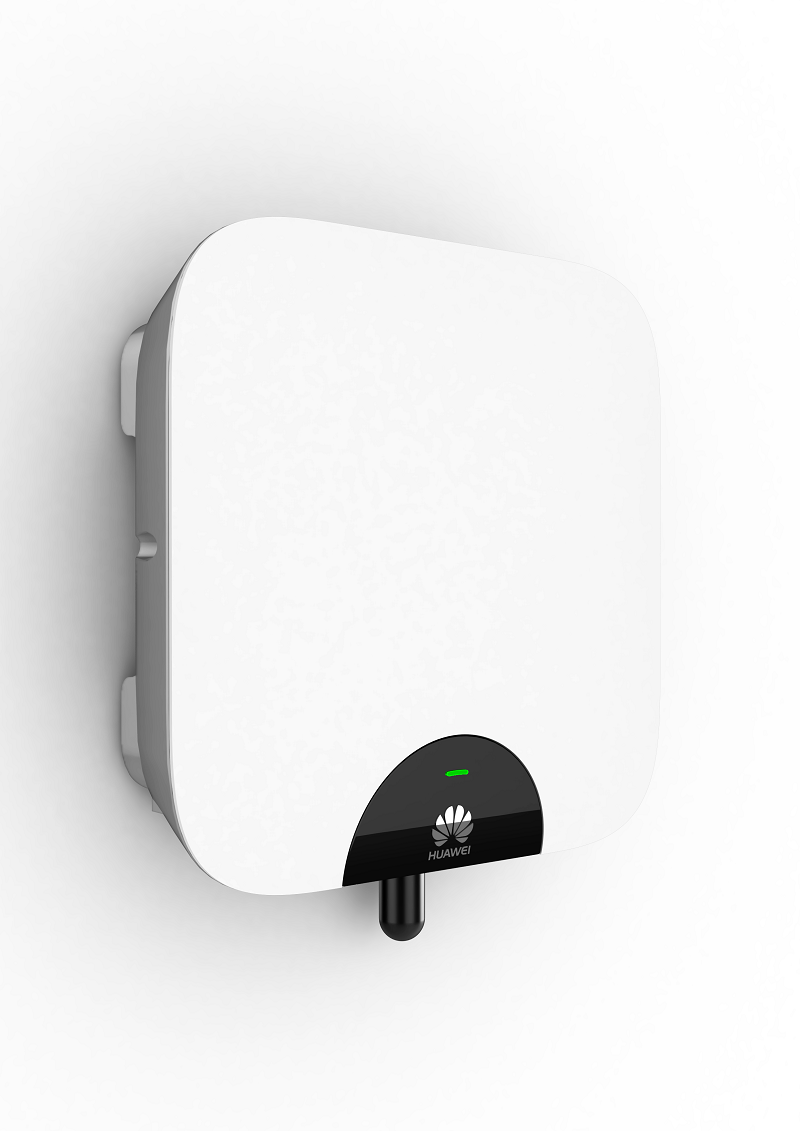At some point, there will be an attack on the distributed energy resources of the world. Over the past couple of years there has been numerous reports of state sponsored network intrusion experts (hackers) quietly probing the electricity generation facilities of the United States, possibly leaving strategic backdoors.
We know this happens because we know the United States did it to an Iranian nuclear facility.
Huawei has picked Locus Energy, which utilises Amazon’s cloud, t0 monitor Huawei’s FusionHome Smart Energy Solution. This product, partially a competitor to SolarEdge and Enphase, is due to launch in the U.S. in the summer in 2018.
A Huawei press release stresses the security of Amazon’s cloud. Bates Marshall, general manager of Huawei FusionSolar Smart PV Solution for North America, notes that Locus has already scaled to 160,000 systems being monitored, and emphasizes security sensitivity.
“With data centers situated locally in the U.S. and leveraging Amazon Web Services cloud computing services, our alliance with Locus Energy ensures that our customer’s data is secured with a data center and network architecture built to meet the requirements of the most security-sensitive organisations,” said Huawei’s Marshall in a statement.
The FusionHome Smart Energy Solution hopes to tie together solar panel electronics, energy storage, home demand response, and an emergency backup panel with programmed smart consumption rates. The residential system is still listed as “Coming Soon” on Huawei’s North American solar page. It launched in Australia earlier this year.
That Huawei sought to focus on the security considerations is notable against the backdrop of current political tensions between the United States and cell phone manufacturer ZTE. Additionally, with the history between the United States and China related to conflicts over intellectual property – including Chinese agents hacking SolarWorld computer records that dealt with PERC technology in the 2012-2014 time period – solar power is a touchy subject.
According to Energysage’s Solar Marketplace Intel Report, more than 85% of solar panels purchased through their platform now feature power electronics.
A lot of practical research is also being done, with utility Hawaiian Electric Companies working with the U.S. Department of Energy’s National Renewable Eenergy Labs, Enphase and SolarEdge, to glimpse the future of distributed inverter offering grid support. And if these inverters and power electronics are open to be touched by the electricity utilities – that means those who wish to manipulate networks will be able to probe as well.
This content is protected by copyright and may not be reused. If you want to cooperate with us and would like to reuse some of our content, please contact: editors@pv-magazine.com.








1 comment
By submitting this form you agree to pv magazine using your data for the purposes of publishing your comment.
Your personal data will only be disclosed or otherwise transmitted to third parties for the purposes of spam filtering or if this is necessary for technical maintenance of the website. Any other transfer to third parties will not take place unless this is justified on the basis of applicable data protection regulations or if pv magazine is legally obliged to do so.
You may revoke this consent at any time with effect for the future, in which case your personal data will be deleted immediately. Otherwise, your data will be deleted if pv magazine has processed your request or the purpose of data storage is fulfilled.
Further information on data privacy can be found in our Data Protection Policy.